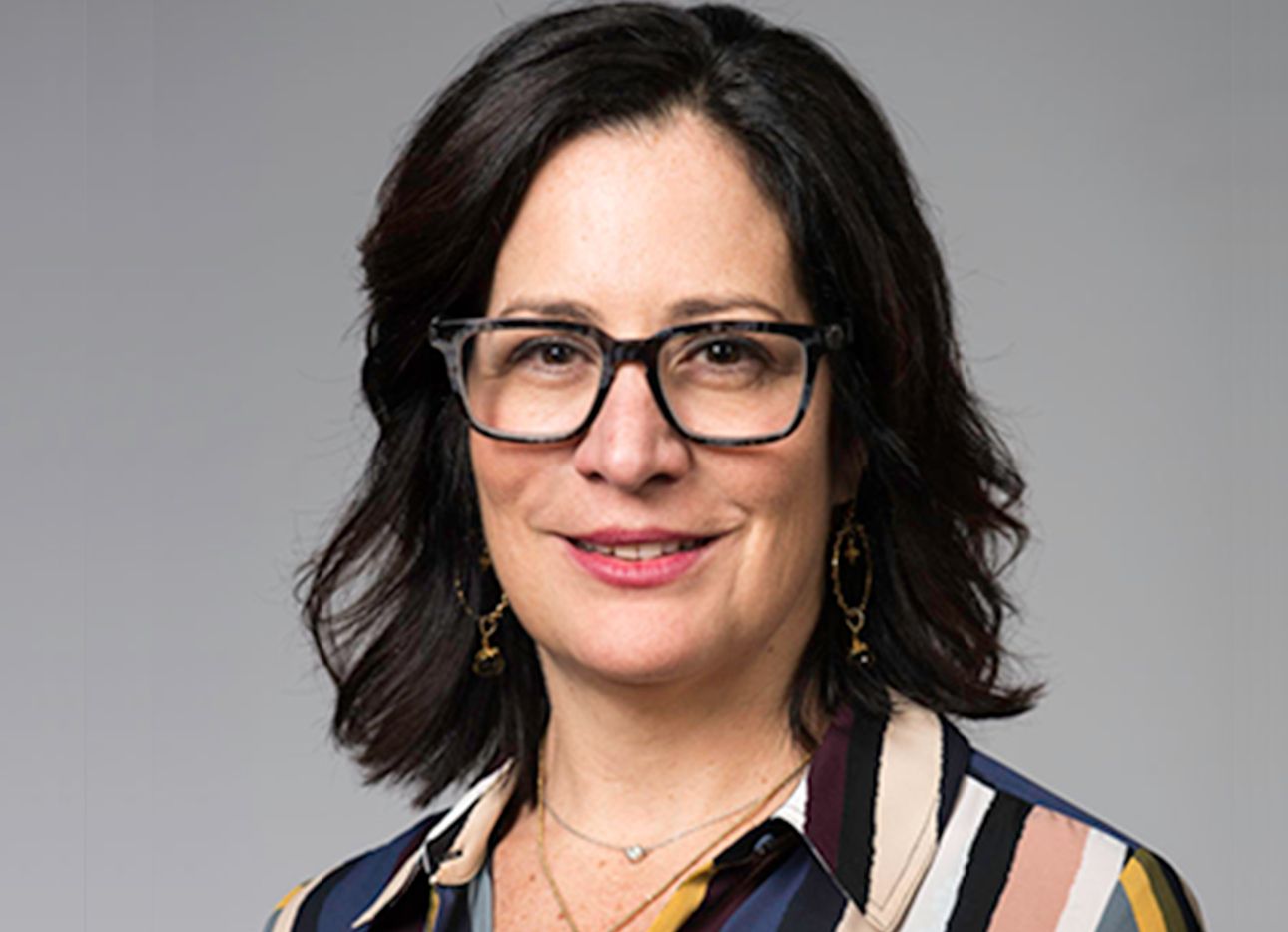
The Strange, Long-Standing Relationship Between Seeing and Believing
By poking around the murky world of hoaxes, ghosts, spirit paintings, and holograms, A. Joan Saab—the vice provost of academic affairs at the University of Rochester, where she is also a professor of art history and visual and cultural studies—compiled a series of case studies that demonstrate the fascinating, and often flawed, connection between sight and knowledge. She presents her findings in a new book, Objects of Vision: Making Sense of What We See (Penn State University Press). We recently spoke with Saab about why things aren’t always as they appear, and the reasons behind the human will to believe in the unbelievable.
You write that knowledge gained through sight is inherently prone to error. Are humans more cynical, or more gullible, when it comes to believing what we see?
They’re both. People are always looking for ways to legitimize what they believe and locate it in things they think are infallible. But sight is always fallible. It is socially, politically, and culturally constructed within a historical moment that is often very individual—yet people always hold fast to the idea that there’s a one-to-one ratio between vision and truth.
How has the digital age, with its ever-increasing tools to manipulate reality, complicated the relationship between seeing and believing?
There’s a chapter in the book about [writer, doctor, and Sherlock Holmes creator] Arthur Conan Doyle [who believed that photographs of fairies, taken by two English girls in 1917, were evidence for their existence; one of the girls later admitted that the fairies in the photos were paper cut-outs from a children’s book, strung from invisible threads]. Conan Doyle was very interested in showing that the photo negatives were not manipulated. He believed that if the fairies showed up on the negatives—which, of course, they did—they had to be real. The point is, every time there’s a new technology, from telescopes to microscopes to cameras, there’s a sense that it’s going to reveal some wonders of the universe.
What are some other noteworthy case studies in the book?
There’s the Cardiff Giant, who was created by a guy in upstate New York in the late 19th century. He was an atheist, and sick of literalists who believed that the Bible equalled truth. He commissioned a [statue of a] giant 10-foot-tall man, and buried him on a farm. The statue was then discovered [by laborers] and used as proof that giants once walked the land, right around the time of Darwin. People flocked to see it, even after it turned out to be a hoax. When people know things aren’t real, they still get excited about them.
Why is that?
Some people long for escape. Others want to believe in miracles. It provides a way of making sense of the world. It’s no surprise that spirit photography was at its height after the American Civil War and during World War I, when people were [trying to make] sense of a massive loss of life.
So many individuals are dismissed as silly, foolish, or fake. I’m not arguing that what they believe exists, but that there is a deeper longing for connection and truth. In my most generous moments, I see [believing in the unbelievable] as a way of being in control in an out-of-control world. It’s about finding agency and directing the narrative.